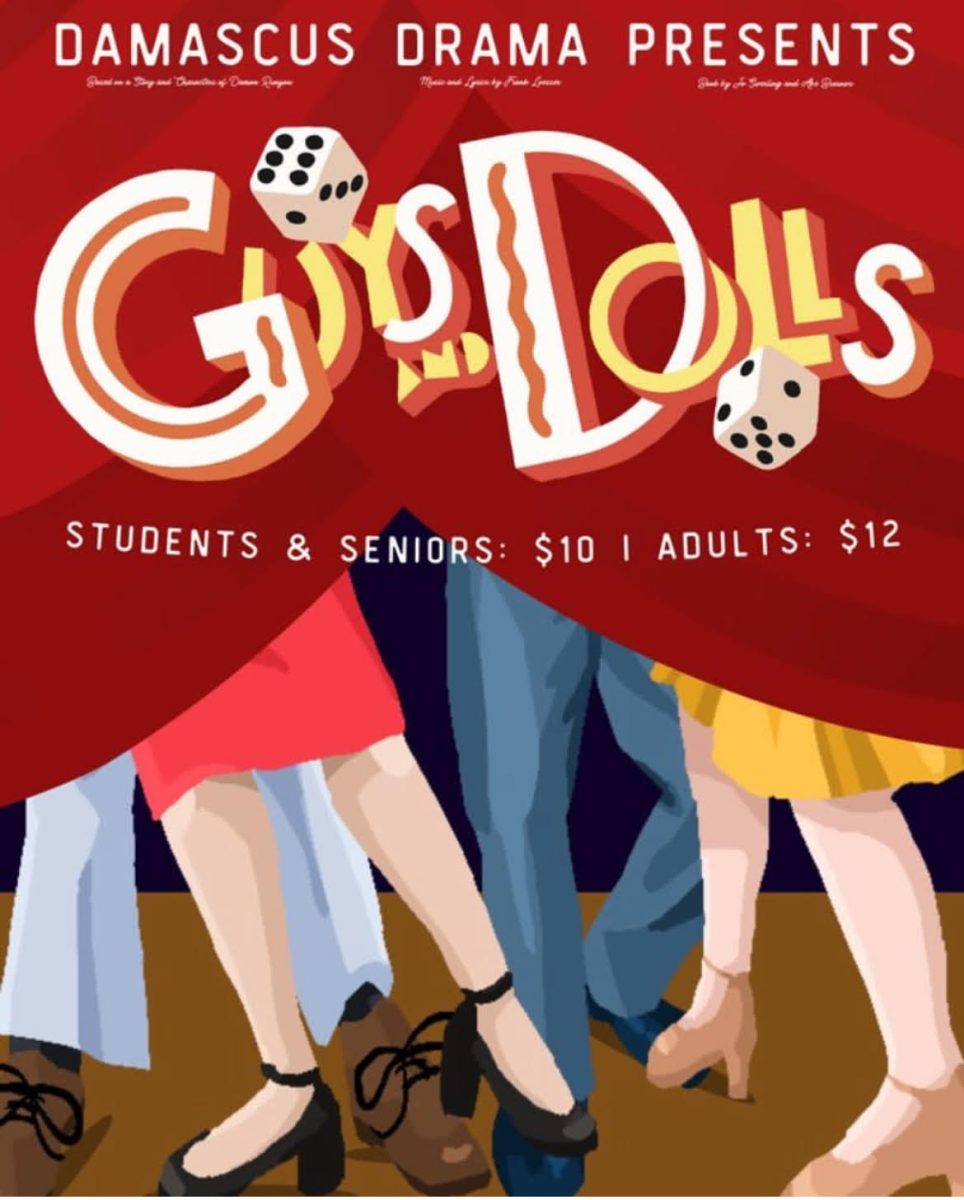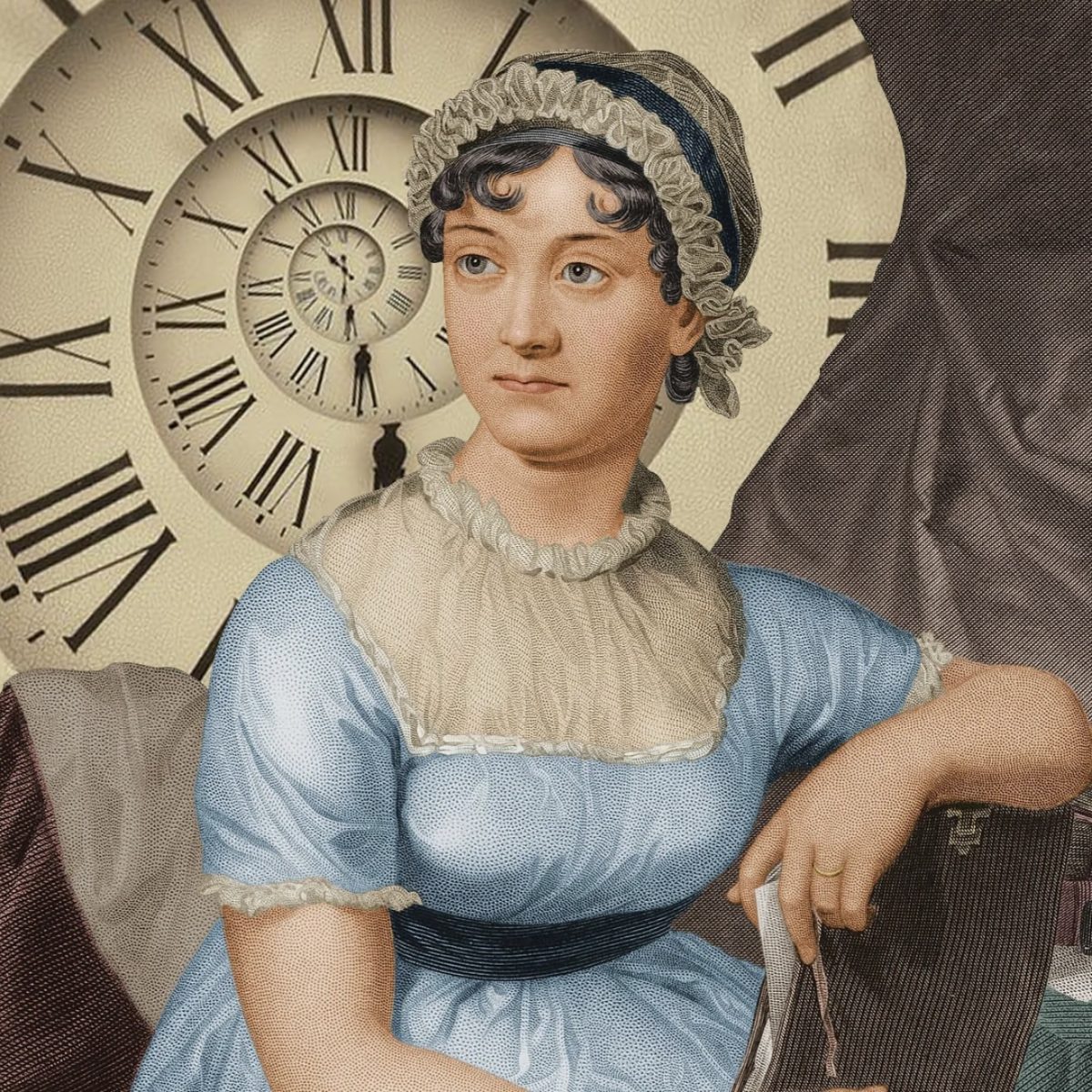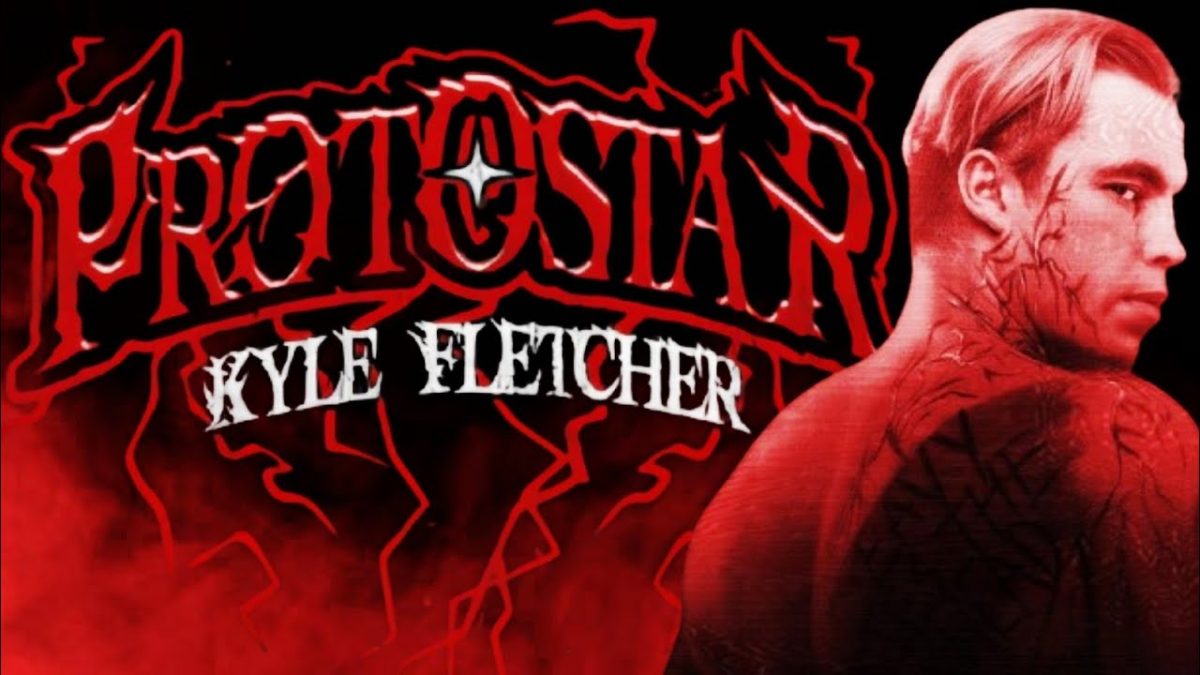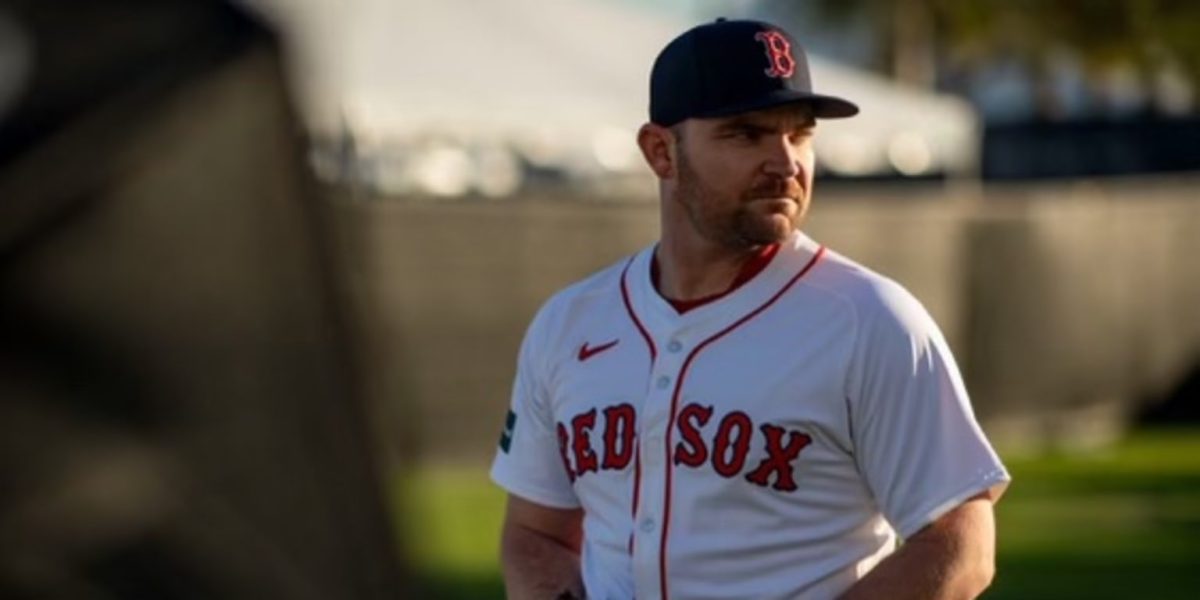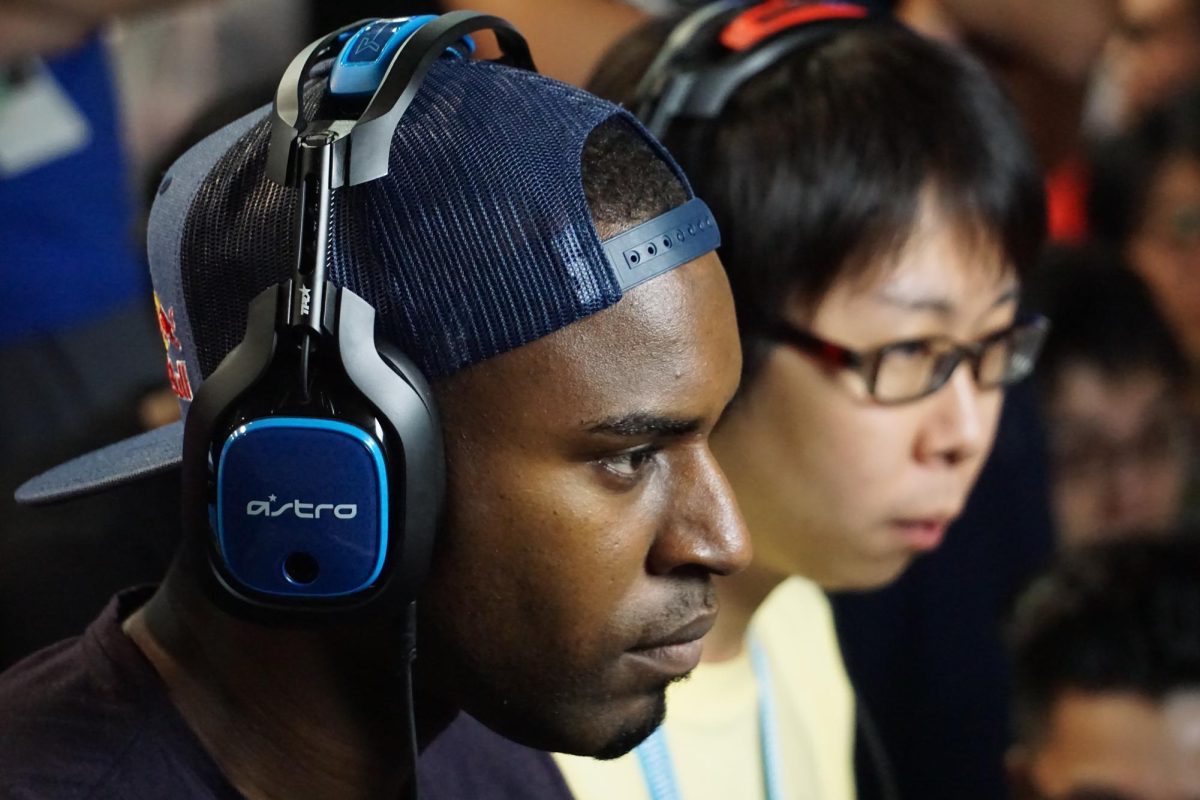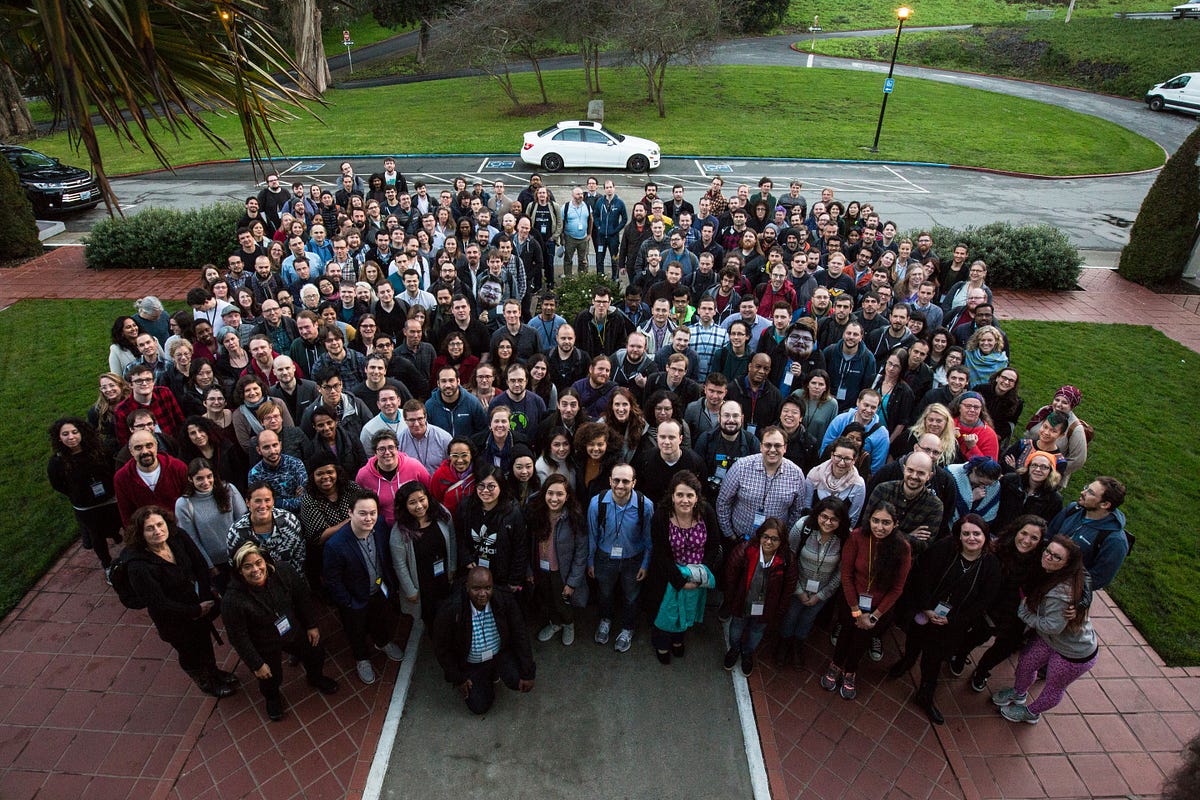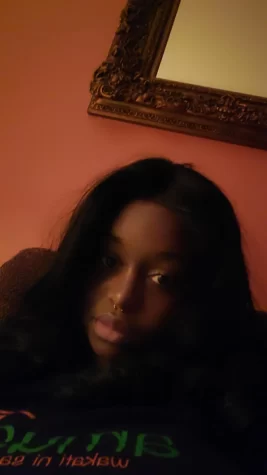I Am Not My Hair
Actress Tracee Ellis Ross poses for the cover of Essence magazine in Dec. 2020.
March 6, 2022
Hair has always been a subject of controversy when it comes to black women. Wigs, weaves, afros, braids, locs and twists. The list goes on forever. Throughout the history of The United States, black women have cultivated a unique culture in which they express themselves through their hair. At one point, black women’s hair was the means to their very survival.
In the 1600s, when slavery was first introduced in the U.S., men, women and children sought to escape. Around 200 years later, runaway slaves would braid maps into their hair in order to record the escape routes. In case anyone forgot which way to go, they could just look at a peer´s head. In addition to using their hair as maps, black women braided foods like rice and other grains into their hair so that they may have food to eat along their long tumultuous journey. Fortunately, interesting facts about black women and their hair are not all sad.
In modern day, these braids from the past were developed into modern day box braids, twists, curls and weaves. Unfortunately, the demoralization of black hair in its natural form caused many in society to see it as unkempt, nappy and unprofessional in some settings. As a result, black women felt pressured and began to wear wigs and straighten and relax their hair in order to acclimate to what was deemed more acceptable–more eurocentric styling. Though at first alternate styles were used to oppress black women’s hair in its natural state, the women took up the challenge. They decided to use the negativity as a way to express themselves and embrace their individuality by dying their hair in colors that were traditionally seen as loud and outrageous. Rappers like Lil Kim brought the trend to popularity by wearing bright colored wigs and weaves that matched with outfits that were just as eccentric. This was definitely the start of something big. Soon the popularity of dying hair in the colors of the rainbow spread to other rappers like Nicki Minaj and eventually made its way into mainstream media and popular culture. Entertainers like Gwen Steffani, Pink, Christina Aguilera, Lady Gaga and many others began to wear their hair in bright colors.
Wearing hair in all types of color became a major part of rap culture and also provided a way for black women to find an easier way to protect their hair. The strongest pillars need the most protection or else it will crumble. The same can be said for black hair. It requires lots of attention and care in order to grow in volume and length. There’s a fine balance to black women’s hair, like leaving it in one style for long periods of time. There also has to be versatility in style to give black hair time to rest and quickly throwing on a wig or wearing other protective hairstyles like weaves, afros, braids, locs and twists, can help.
Through a system of oppression, black women took the lemons they were given and made lemonade. They thrived despite a society that oppressed them for wearing the crown that grew on their head–the same crown that they had inherited at birth and the rightful throne they were meant to sit on–the very reason that “The Crown Act” acquired its title. Starting in California and spreading to the east, the Act is a law stating that black men and women could not be discriminated against in the workplace for wearing their natural hair. The law gave black people the opportunity to thrive as themselves without having to conform to dominant societal norms.
Black men, women and children have endured a great deal of criticism when it comes to their hair. It’s been a long journey that still hasn’t quite ended. But through the setbacks, black people were able to cultivate a sensational culture of expressing themselves through their hair. Some of the practices they adopted can be seen as wonders today. Kinky, straight, afros, wigs, whatever the form or style that black people’s hair takes, they are not their hair.





